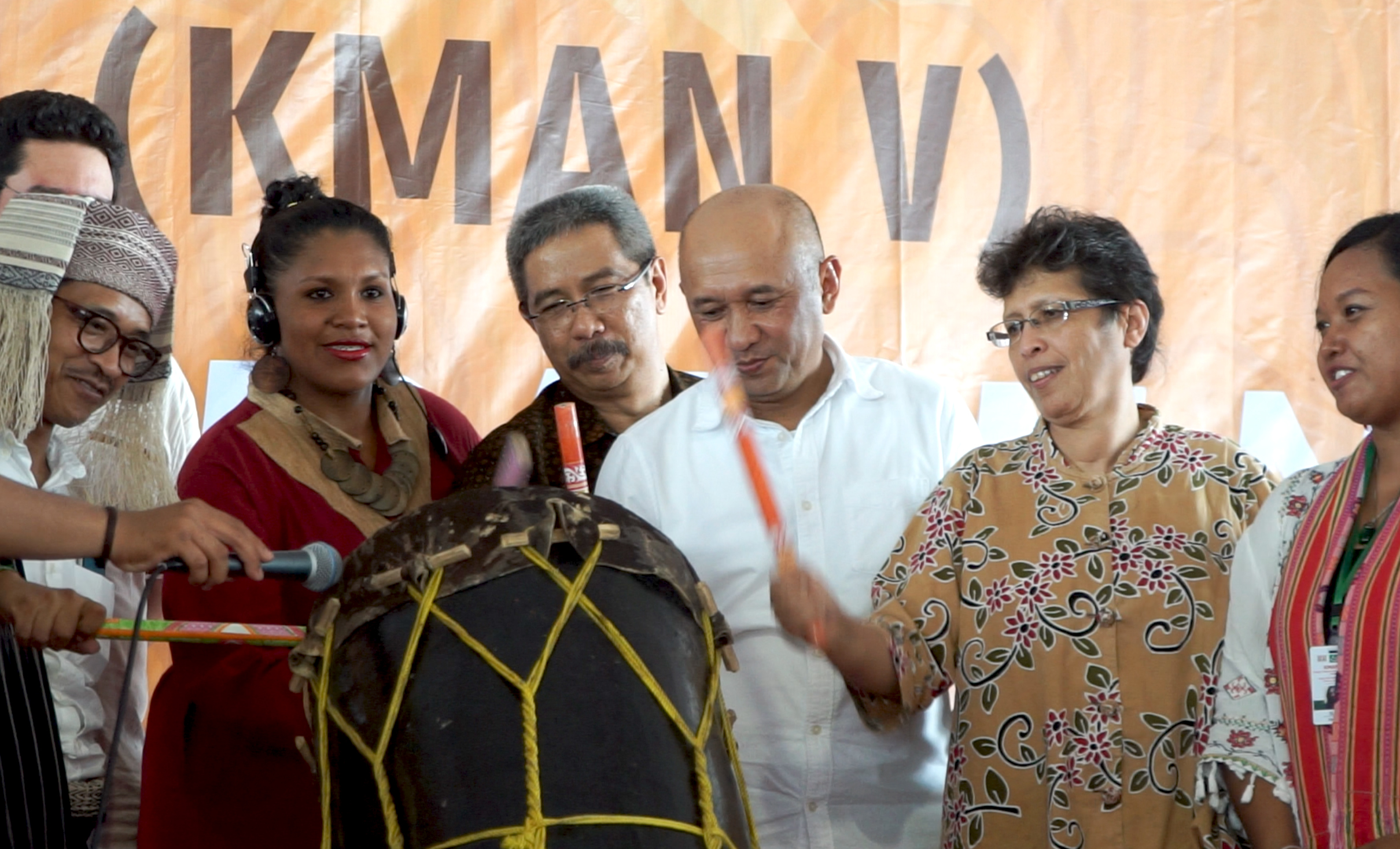
DGM-I (Dedicated Grant Mechanism Indonesia)
Kepulauan Mentawai, Indragiri Hulu, Rejang Lebong, Lebak, Bogor, Banyumas, Temanggung, Trenggalek, Kapuas Hulu, Melawi, Sekadau, Mamuju, Enrekang, Halmahera Tengah, Seram Bagian Barat, kepulauan Taninmbar, Ende, Sikka, Flores Timur, Sumba Tengah, Sumbawa, Sumbawa Barat,teluk Bintuni, Kutai Barat, Gunung Mas, Barito Utara, Poso, Sigi, Parigi Mautong, Jayawijaya, Jayapura.
Second call: 28 communities in the following districts:
Aceh Tengah, Bener Meriah, Pasaman, Tapanuli Utara, Soralangun, Batang Hari and Merangin, Sekadau, Bengkayang, Bulunganan, Mahakam Ulu, Jember, Banyuwangi, Batang, Pekalongan, Tulungagung, Ende, Buleleng, Lombok Utara, Sumba Timur, Bulukoumba, Luwu, Sigi, Toraja Utra, Konawe Kepulauan, Seram Bagian Barat, Maluku Tengah, Kepulauan Aru, Keerom, Biak Numfor, Sorong, Raja Ampat, Jayapura.
Third call: 14 communities in the following districts:
Deli Serdang, Rejang Lebong, Kabandungan, Banyumas, Bima, Sumba Tengah, Sumba Timur, Malinau, Hulu Sungai Tengah, Sinjai, Kepulauan Tanimbar, Byak Numfor.
To engage Indigenous Peoples and Local Communities (IPLC), facilitate greater participation in tenure security processes and create livelihood opportunities from the sustainable management of forests and land. The project aimed to provide a strategic contribution to the lives of IPLC households and their tenure security.
To strengthen the capacity of IPLC households to obtain secure and equitable access – and control over – forest and agricultural land. This is an important step in facilitating IPLC household engagement with Forest Investment Plans (FIP) and other REDD+ programmes, since access to land is a critical requirement for IPLCs to obtain recognition from the state in Indonesia.
Project components/ Expected outputs
The aim of DGM-I is to support the technical, institutional and communication capacities of IPLCs, so that they can participate in REDD+ policy dialogues, while also improving their livelihoods and traditional land management. In its development, the objectives of DGM-I were stated explicitly in the original regional revenue (PAD) document, namely: “to increase the capacity of IPLCs to participate in natural resource management by securing forest tenure and increasing opportunities to earn a living from forest management”.